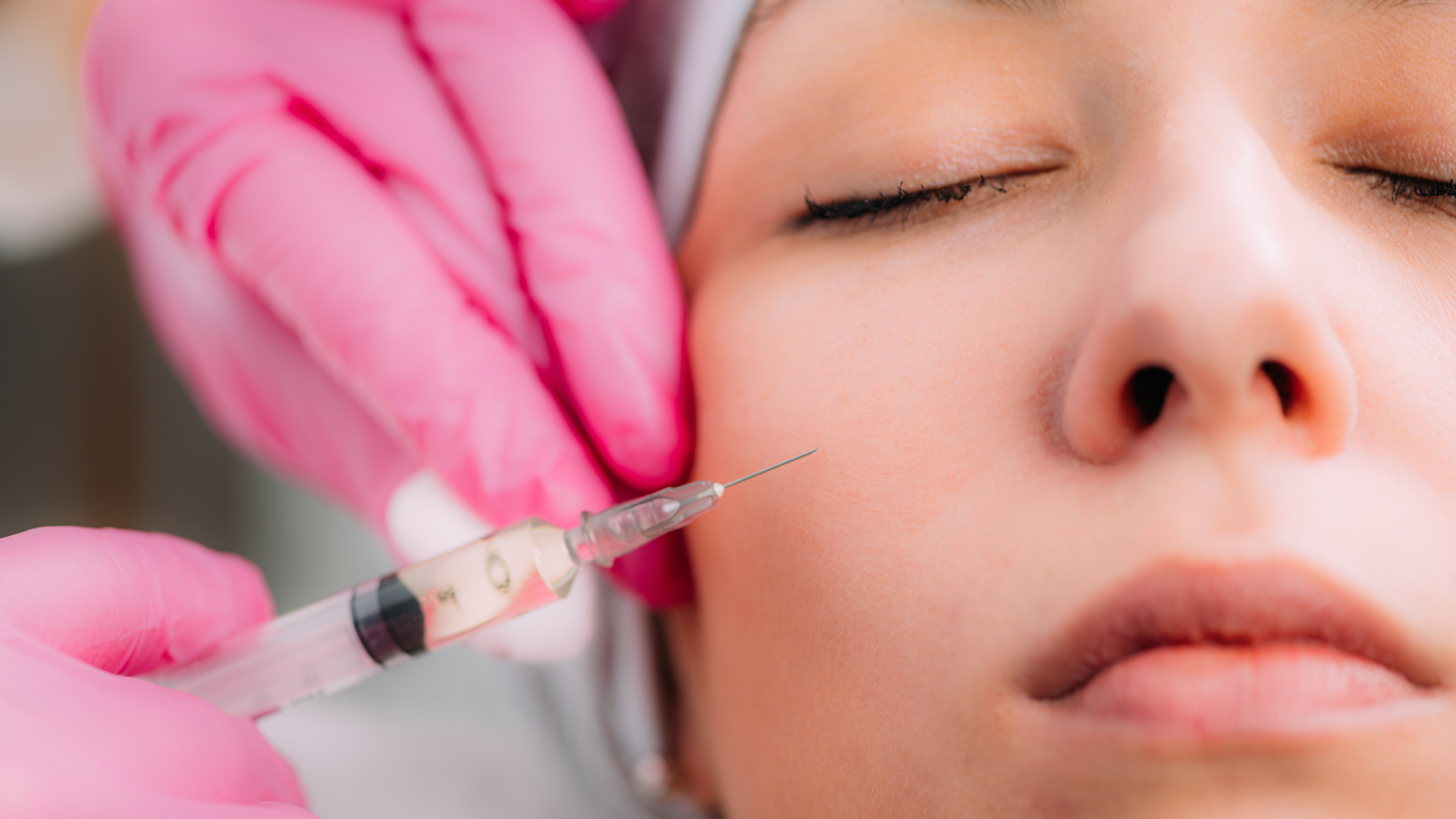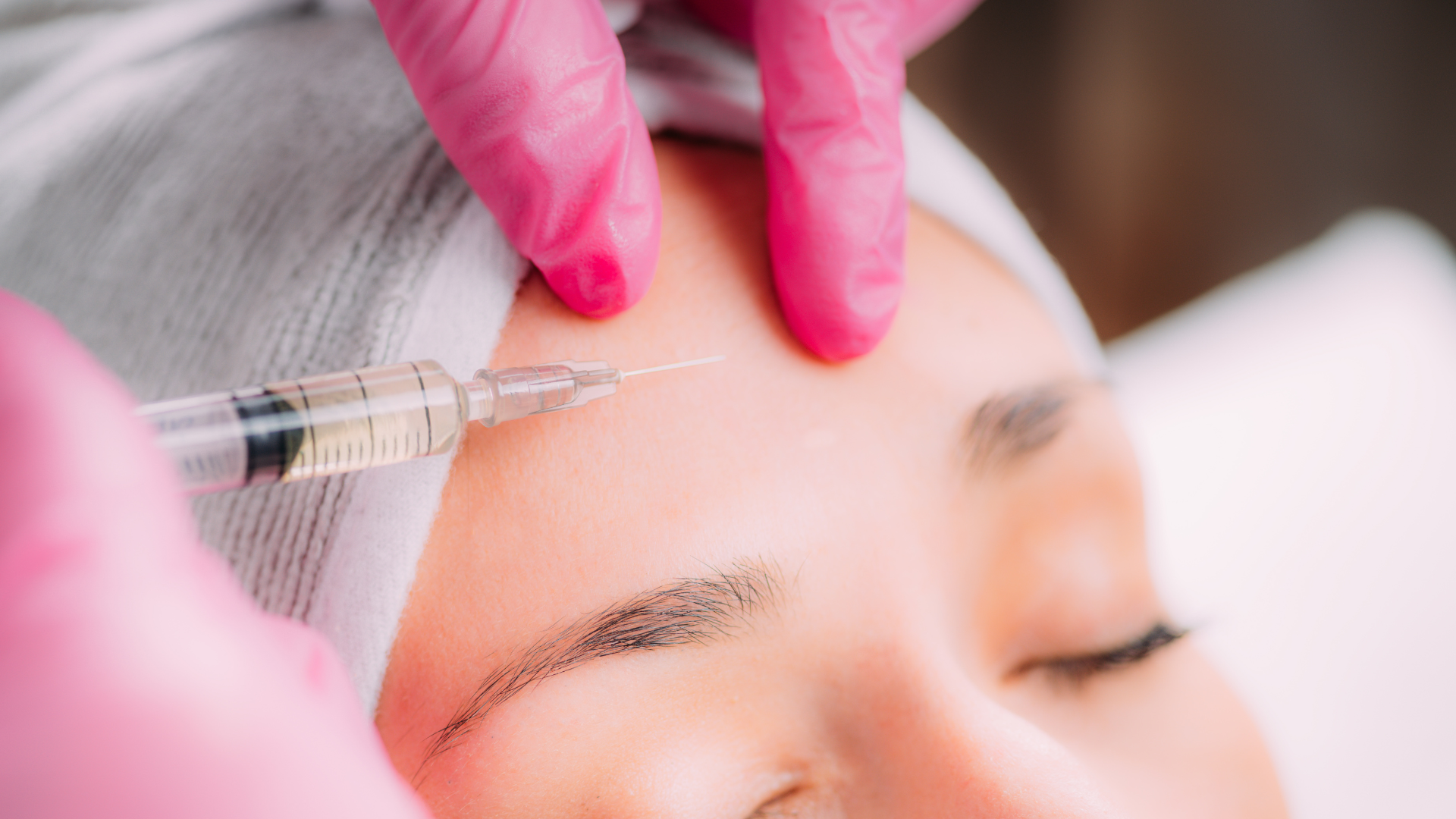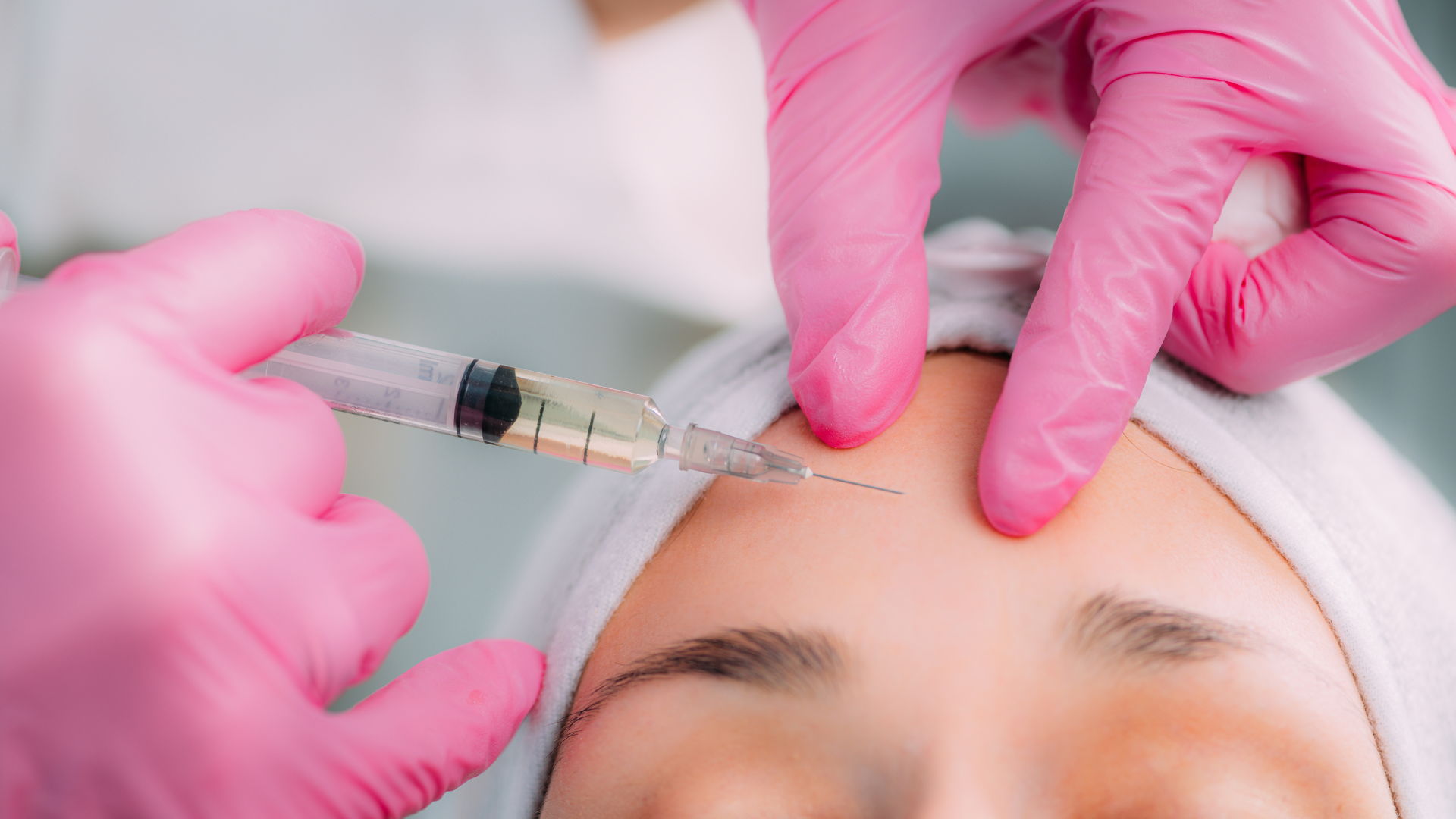
According to a report by the American Society of Plastic Surgeons, hyaluronic acid-based fillers were the second most common minimally invasive cosmetic procedure in 2020, with over 2.6 million treatments performed in the United States alone. This widespread use highlights the effectiveness and demand for such products.
Revolax and Juvederm are two leading brands of hyaluronic acid dermal fillers. While both are used to reduce wrinkles and enhance facial features, they differ in formulation, texture, and duration of effects. Understanding these differences is crucial for choosing the right product for individual needs.
This article will explore each filler’s unique characteristics, benefits, and potential drawbacks. This guide provides comprehensive information to help you make an informed decision.
Key Takeaways
- Revolax and Juvederm are popular dermal fillers that use hyaluronic acid to improve skin appearance but have different technologies. Revolax lasts up to 24 months because of a unique crosslinking method, while Juvederm uses Vycross technology for lasting effects.
- Choosing the right filler depends on the patient’s needs. Side effects like swelling or redness are common but temporary.
- Safety is critical for both fillers; they’re safe when used by certified professionals. Rare adverse reactions can happen, so knowing the possible side effects and patient health history before treatment is essential.
About: Doctor Medica is your trusted supplier of top-quality dermal fillers, viscosupplements, and more for your medical practice. We offer genuine products from leading brands at the lowest prices in the market. If you’re looking to buy Revolax for your practice, contact the Doctor Medica today.
Introduction to Revolax and Juvederm

Dermal fillers are injectable treatments that restore lost volume, smooth out wrinkles, and enhance facial contours. They are composed of various substances, with hyaluronic acid (HA) being one of the most popular due to its natural occurrence in the body and ability to attract and retain moisture. Dermal fillers offer a non-surgical option for facial rejuvenation, providing immediate results with minimal downtime.
Selecting the appropriate dermal filler is crucial for achieving the desired aesthetic outcomes and ensuring patient satisfaction. Factors to consider include the patient’s skin type, age, specific areas of concern, and the desired longevity of the results.
Composition and Mechanism of Action

Revolax
- Composed of Pure Hyaluronic Acid: Revolax is formulated with pure hyaluronic acid (HA), a naturally occurring substance in the body that helps maintain moisture and volume in the skin. This purity ensures that Revolax is biocompatible and integrates seamlessly with the skin’s tissues.
- Mechanism of Action: Once injected, the HA in Revolax attracts and retains water molecules, enhancing skin hydration and volume. This process smooths out wrinkles and adds volume to sunken areas, providing a natural and youthful appearance.
- Difference from Other Fillers: Revolax stands out due to its advanced crosslinking technology, which enhances the durability and stability of the hyaluronic acid gel. This cross-linking process makes Revolax fillers more resistant to enzymatic degradation, allowing them to last longer compared to some other HA fillers.
Juvederm
- Utilizes Vycross Technology: Juvederm incorporates Vycross technology, a proprietary blend of low and high molecular weight hyaluronic acid. This innovative approach optimizes the crosslinking process, resulting in a smoother gel that is easier to inject and molds seamlessly into the skin.
- Mechanism of Action: Like Revolax, Juvederm attracts and retains water in the skin’s tissues. The Vycross technology enhances the filler’s integration with the skin, providing immediate volume and smoothing wrinkles. The balanced blend of HA molecules ensures that the gel distributes evenly and supports natural facial movements.
- Benefits of Vycross Technology: The Vycross technology in Juvederm improves the filler’s consistency and increases its longevity. Combining low and high molecular weight HA creates a more stable and durable gel, allowing Juvederm fillers to provide longer-lasting results than traditional HA fillers.
Clinical Efficacy and Longevity

A comparative clinical study evaluated Revolax (Tri-Hyal technology) versus Juvéderm Voluma (Vycross technology) over 18 months.
- Both fillers demonstrated non-inferiority in volumizing effects across the midface, temple, jawline, and chin.
- Revolax effectively restored volume, and its effects were well-maintained post-injection.
- Notably, Revolax showed fewer acute side effects than Juvederm Voluma, possibly due to lower inflammation induction.
Juvederm fillers have been studied extensively. Clinical trials have shown efficacy in treating various areas, including nasolabial folds and temple hollows.
- Patients reported looking up to five years younger six months after Juvederm Voluma treatment.
- The longevity of Juvederm fillers varies but typically lasts between 6 and 24 months, with individual variation.
Juvederm showcases a diverse lineup, each designed for specific aesthetic needs. The table below concisely compares its family of fillers, indicating their unique attributes and applications. This summary helps you choose the most suitable Juvederm product for varying patient needs.
| Juvederm Filler | Indications/Areas Treated | Longevity | Key Features |
| Juvederm Voluma XC | Midface volume loss (cheeks, cheekbones) | Up to 24 months | Vycross technology (balance of durability and lift) |
| Juvederm Ultra XC | Moderate to severe wrinkles and folds (e.g., nasolabial folds) | 6-12 months | High HA concentration |
| Juvederm Volbella XC | Lip augmentation and perioral lines | Up to 12 months | Subtle enhancement, natural results |
| Juvederm Vollure XC | Moderate to severe wrinkles and folds | Up to 18 months | Versatile, smooth consistency |
| Juvederm Ultra Plus XC | Deeper wrinkles and folds | 9-12 months | Thicker formulation |
Safety Profiles and Side Effects
Revolax and Juvederm are generally well-tolerated dermal fillers, but patients may experience common side effects such as mild to moderate swelling and bruising at the injection site. These symptoms typically resolve within a few days to a week. Redness and tenderness in the treated area are common and usually subside quickly.
Though rare, some patients may experience more serious adverse reactions. While uncommon, allergic reactions to the hyaluronic acid or other components in the fillers can occur. There is also a small risk of infection at the injection site, which can be mitigated with proper aseptic techniques. In rare cases, patients might develop nodules or lumps under the skin, requiring further treatment or removal.
Safety Considerations for Different Patient Groups
- Pregnant or Breastfeeding Women: There is limited data on the safety of dermal fillers for pregnant or breastfeeding women, so it is generally recommended to avoid these treatments during pregnancy and lactation.
- Patients with Autoimmune Diseases: Individuals with autoimmune diseases should consult their healthcare provider before receiving fillers, as they may have an increased risk of adverse reactions.
- Allergy-Prone Patients: Patients with a history of severe allergies or anaphylaxis should discuss their medical history with their provider to determine the safety of using dermal fillers.
Practical Considerations
Revolax and Juvederm are versatile dermal fillers suitable for various facial areas. Both fillers effectively address nasolabial folds and marionette lines and enhance lip volume.
- Revolax is particularly praised for its ability to provide smooth results in areas requiring fine adjustments, such as under the eyes.
- With its extensive range of products, Juvederm is widely used for more extensive facial contouring, including cheek augmentation and chin enhancement.
Patient satisfaction with both Revolax and Juvederm is generally high, owing to their ability to deliver natural-looking and long-lasting results.
- Revolax is appreciated for its affordability and the smooth consistency of its gel, which provides a natural appearance with minimal side effects.
- Juvederm’s use of Vycross technology ensures high patient satisfaction by offering longer-lasting results and a smooth gel texture that integrates well with the skin.
Regarding cost, Revolax is often noted for its affordability, making it an attractive option for patients looking for effective results at a lower price point.
While generally more expensive, Juvederm offers a wide range of specialized products that cater to different treatment needs, which can justify the higher cost for some patients. The price difference is primarily due to the advanced technologies and extensive research behind Juvederm products.
Conclusion
Choosing between Revolax and Juvederm depends on your needs. Patients often check Revolax filler reviews to compare the differences between its competitors. Both fillers use hyaluronic acid to improve the appearance of the skin. Revolax might last up to 24 months, but Juvederm is well-studied for its safety and results.
Costs vary based on treatment areas and desired effects. Ultimately, both options offer ways to refresh the face with long-lasting effects, making people feel good about their looks.
FAQs
1. What are Revolax and Juvederm?
Both Revolax and Juvederm are dermal fillers. Professionals use them to smooth wrinkles and add volume to the skin.
2. How do Revolax and Juvederm compare?
Both products have strengths. While they serve similar purposes, there might be differences in longevity, comfort during application, or even the final look.
3. Which one is better – Revolax or Juvederm?
It’s not about which filler is better. It depends on what you need from a filler. For instance, some may prefer one texture over the other.
4. Are there any side effects with these dermal fillers?
Yes, like all medical procedures, using dermal fillers like Revolax and Juvederm can have side effects; common ones include swelling at the injection site or mild discomfort.
References
American Society of Plastic Surgeons. (2021). Plastic surgery statistics report 2020. Retrieved from https://www.plasticsurgery.org/news/plastic-surgery-statistics
Revolax UK. (n.d.). What’s the difference between Revolax and Juvederm? Retrieved July 30, 2024, from https://revolax.uk/blog/whats-the-difference-between-revolax-and-juvederm/
Related Articles
Joanna Carr
Maximizing Results: Unlocking the Longevity of Dermalax Fillers
Explore strategies and supplementary treatments to extend the lifespan of Dermalax fillers. Know why Dermalax is a superior choice for individuals.
Joanna Carr
Couch Potatoes Age Much Faster, Research Suggests
Interested to learn more about Research Suggesting Couch Potatoes Aging Much Faster? Browse Doctor Medica's comprehensive listing of blog posts.
Joanna Carr
Mirena V Kyleena – Comparing Hormonal IUDs
Hormonal intrauterine devices (IUDs) like Mirena and Kyleena can significantly lower the risk of endometrial cancer and are favored for both contracep...


